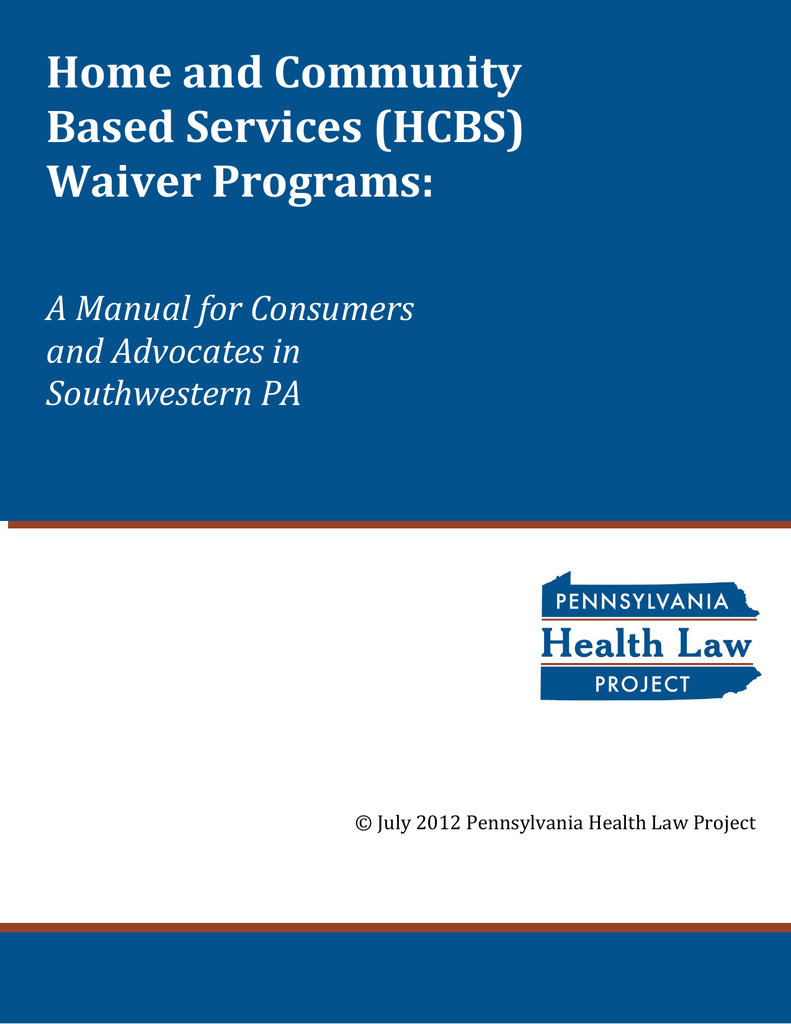Table of ContentsThe Health Care Policy - An Overview - Sciencedirect Topics PDFs7 Easy Facts About 8 Health Care Regulations In United States - Regis College Explained
The rhetoric from the center left rejects this view, but their actions tell a different story: Maybe the single most-trumpeted cost-containment gadget consisted of in the ACA was the so-called Cadillac Tax, which looks for to consist of expenses exactly by forcing health care consumers to deal with a greater share of marginal costs.
When it Additional hints comes to healthcare, insured customers pay fixed premiums monthly regardless of whether or not they visit a physician. Then, when they do visit a physician's office or go to the hospital, insurance spends for some (frequently even most) of the limited cost of this visit. Once the fixed expense of paying a premium is satisfied, each subsequent visit to a health supplier is then partly to completely subsidized by the insurance provider, and this indicates https://blogfreely.net/cyrina8ypy/when-broken-down-hour-by-hour-house-care-is-really-more-costly-than-assisted that the client does not face the full marginal cost of the decision to obtain health care.
Rather, they would argue that the majority of Americans are simply overinsured which more health care costs must be financed expense up until those expenses end up being expensive, at which point insurance coverage would then correctly kick in. Being overinsured and not dealing with the complete marginal expense of each brand-new visit to a healthcare supplier is believed to make Americans overconsume health care, potentially utilizing resources (i.e. and mental health: what health care policy needs to address.., money paid out by their insurance companies) to acquire treatments that they would not have looked for had these treatments' full marginal cost been dealt with (that is, had they been required to pay the costs themselves).
Initially, unless one is willing to increase expense sharing even for genuinely devastating medical costs, such procedures will miss the main expense drivers in the U.S. health care system. Eighty percent of health dollars are invested in simply 19 percent of health customers, and half of health dollars are spent on just 5 percentpresumably the sickest clients (Gould 2013b).
Second, the presumption that all moral risk leads to financially ineffective overconsumption of health care may well be incorrect. what is the health care policy. Nyman (2007) straight concerns this theory by arguing that a big portion of moral hazard represents health care that sick customers would not otherwise have had access to without the earnings that is transferred to them through insurance coverage - what is health care.
Take the example of a grownup who has lost front teeth in a bicycling mishap - how does universal health care work. Having missing out on teeth is obviously not deadly, however it is quite likely that if insurance coverage provided the cash-equivalent expense of changing the teeth to this person, they would decide to do precisely this and not invest the money on other products and services.
Health Policy - American Nurses Association (Ana) - Questions
This recognition that not all moral threat is economically ineffective is becoming well understood in other branches of economics. Chetty (2008) makes comparable arguments in the context of unemployment insurance, concentrating on the fact that joblessness insurance advantages resolve a liquidity issue rather than creating a disincentive to search for work.
He discovers that higher-than-average joblessness insurance advantages increase joblessness duration only for workers with no liquid wealth. This suggests strongly that it is the relief of liquidity restrictions and not the disincentive to workstemming from reductions in the "cost" of leisure (i.e., the loss of income) spurred by the receipt of UIthat drives actions. This expense per covered worker was then compared to typical wages in the fifths of the wage circulation. The counterfactual of no excess health expenses was simulated by holding company contributions to ESI fixed as a share of general settlement over the period. Information from EPI State of Working America Data Library 2018 in addition to BEA 2018, NIPA Tables 7.8 and 6.9 It must be kept in mind that these calculations may downplay the damage that rising health care expenses have done to workers in the bottom two-fifths of the wage circulation.

Initially, the crowd-out of wages from rising ESI premiums has in fact been larger than average for the bottom two-fifths, determined in percentage terms (as seen in the last row of the table). Second, while this chart shows the crowd-out of wages taking ESI coverage disintegration into account, for those workers who continue to get ESI, the wage crowd-out originating from increasing ESI premiums (not revealed here) is much greater in portion terms for workers in the bottom two-fifths than for other workers, for the basic factor that ESI premiums make up a much higher share of these workers' wages. what is health care fsa.
Lastly, the table proves that ESI coverage has eroded most significantly for employees in the bottom two-fifths of the wage circulation (as seen in the second set of rows, "ESI protection rate"). This disintegration is definitely related to the fact that development in ESI Helpful site premiums relative to these employees' wages has been severe.
